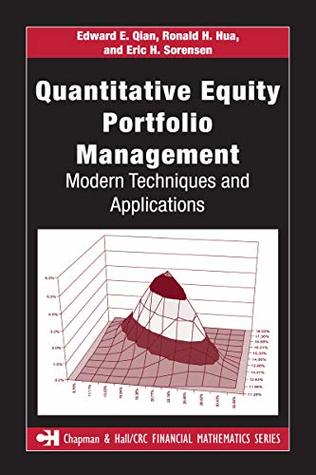Several features of the normal distribution are undesirable or unrealistic when it is used to model stock returns. First, a stock investor has only limited liability — he could not lose more than what he invested in. Therefore, the return of a stock over any time horizon should never be less than −100%. But a normal distribution assigns nonzero probability to losses of any size, even those exceeding −100%. Second, if we assume that a single-period return for a stock is normal, the compound return over multiple periods is no longer normal.
Welcome back. Just a moment while we sign you in to your Goodreads account.


